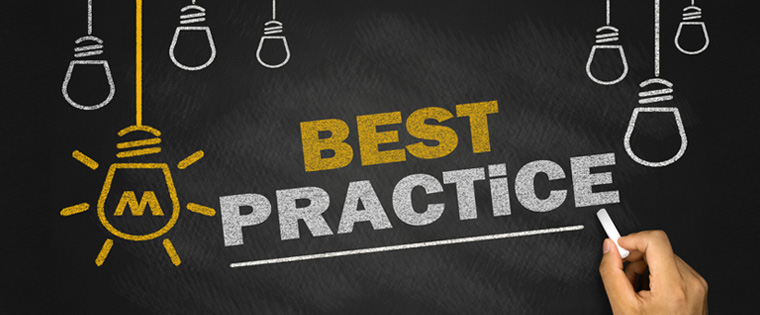Product Knowledge Training Best Practices: A Day in a Retail Showroom

Last week I went to a consumer electronics showroom to buy a television set. Looking at the various brands and models, I was confused which model to select despite my online research before visiting the store.
A young man came up to me and asked whether I need any assistance. I promptly said no, as I didn’t want to fall prey to his sales pitch. I wanted to go with my instinct and make the purchase. I walked to the televisions sets on display and started comparing them. A few minutes later, I still had no clue of which model to select.
At last, I caught the young man’s eye and smiled hesitantly at him. He immediately came over, and started asking me about my requirements. While talking with him, I realized my needs became clearer and I was able to make sense of the various offerings that suited my requirements.
→ Download Now: State of Learning (Now and Beyond) [eBook]
He went on and started explaining about a few products from the whole lot that were ideal to meet my requirements. In a short time, he had built credibility and trust with me. My preconceived notion that sales reps are order takers or “people interrupters” changed to that of trusted advisors.
After the purchase, he invited me for coffee. As an L&D professional, I was curious to know how he was trained and the approach followed by the retailer to train its reps so well.
That conversation during the coffee break gave me insights into the best practices of training sales staff in a retail store.
Practice 1: No More “Walking Brochure; It’s now “Walking Questionnaire”
The first thing the sales man did when I smiled at him was, he came over and started questioning me instead of explaining about the various products they had. Only after he was clear with my requirements, he started introducing me to the products.
He was exceptional in finding out my needs, how I wanted to meet them, which products had those features and, which product was the best of them.
When I looked into the part of training that helped him acquire this skill, I found the reps were trained on customer personas. One of elements of their product training was to help sales reps learn about the various types of customers. They defined their customer personas and were trained on the approach to deal with each persona type.
They were trained on how to discover customer needs and slot the customer into to a respective persona, depending on the needs. Depending on the customer persona, the sales reps know which product to promote.
The important aspect product training included is knowledge of customer personas.

A Bird’s Eye View of What Top-Performing L&D Teams are Doin
- Aligning Learning Strategy with Business Strategy
- Developing Business Skills for the Future
- Investing in the Right Technology
- Much More
Practice 2: Blending Classroom Training with Online Training
Of all the training he received, not a single one was a one-off event or restricted to the classroom. The initial classroom trainings were supported with custom built online training modules. Prior to the classroom training, they were given a brief overview of the products through self-paced elearning courses and that knowledge was augmented in the classroom.
In between the classroom training sessions, they were given some online assessments comprising situations they may face in the real world and various solutions to choose from to solve them. The learner needs to select the right solution depending on the lessons learned in the classroom. In the subsequent sessions, the learner needs to present why he chose that option to solve the situation.
Product training should be a blend of online and class room.
Practice 3: Updating Product Knowledge Regularly
During my conversation with the young man, I asked him how he updates his knowledge with so many products around and new ones getting added everyday. He replied that any updates or new information on the products is communicated on-the-job through his sales manager. And on every fourth Saturday, a training program is conducted.
During this training, presentations on any product updates are followed by Q&A sessions. If there are any significant updates, major changes, or new launches, this program is followed by elearning modules and virtual sessions.
Thus an effective product training plan should include a program through which you can convey the latest updates or information related to your products or competitor products.
Practice 4: Reinforcing and Assessing Product Knowledge
Hearing the young man explain about the various products and also competing products, I was surprised at his ability to remember everything about such a huge catalogue of products.
There are two main reasons behind his ability to retain the knowledge. One is his experience and the other, the reinforcement of training he received.
The sales reps’ training was regularly reinforced using custom built online product training modules and assessments. He gave me an example of how training is reinforced. Once they are trained on any new product, they can access material online through bite-sized microlearning modules.
Periodic gamified assessments are in place where the sales reps can play an online game, answering quiz questions at various levels of the game. The winners are rewarded gifts and goodies.
These were some of the best practices that changed my perception about sales people as Trusted Advisors. What are the practices you use? Please do share!





